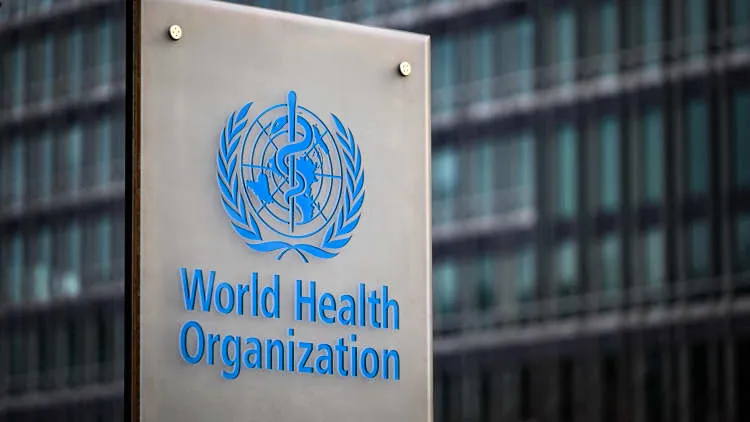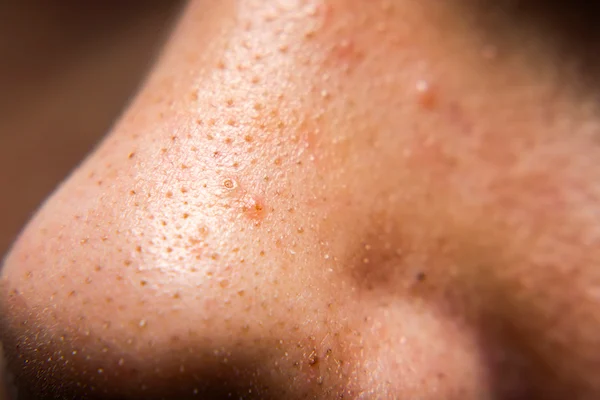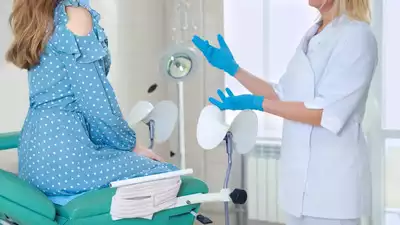The nose is the entry route for airborne infections. The nose is divided into two half by nasal septum. The nasal septum is naturally found off midline in the majority of patients without causing any functional issue. The nose is connected with the spaces found within the facial bone. The spaces are called sinuses. Rhinitis is the inflammation of nasal mucosa and sinusitis is the inflammation of lining epithelium of sinuses. Majority of infections involves mucosa of both spaces so it is called Rhinosinusitis (RS).
The presence of poorly controlled chronic medical illnesses such as diabetes, kidney diseases, cancer, obesity and advanced age are the risk factors for harbouring and development of a worse form of RS. Infective sinusitis can be divided into acute and chronic type based on the duration of symptoms. It is mostly caused by viral, bacterial and fungal infection. Common cold and coronavirus infection are common viruses causing RS. The chances of viral infection are increased by manifolds when a healthy person comes in close contact with an infected person (less than two meters), accidental inoculation of infected fluid into the nose or oral cavity (eating without hand washing, cleaning the nose). The development of symptoms and severity of infection is based on the patient’s health and received viral load from the infected person. Viral Rhinosinusitis (VRS) are mostly asymptomatic. The symptoms of RS are facial pain/pressure, anosmia or hyposmia, clear to whitish nasal discharge and blockage, headache, and fever. The symptoms are more severe and nasal discharge is mostly purulent in bacterial sinusitis. The bacterial infection is generally superimposed on viral infection. The presence of anatomical variation such as deviated nasal septum can worsen the symptoms. VRS generally responds well to symptom-based oral medications for 7-10 days. The commonly prescribed medications are analgesic, nasal decongestant, antihistaminic with steam inhalation, and nasal douches. Bacterial rhinosinusitis needs additional oral antibiotic therapy for a similar duration. Non-responder and complicated RS (extension of infection in the eye or brain) needs hospital-based care.
Fungal sinusitis can be broadly divided into invasive and non-invasive form. Surgical removal of infected tissue with disease-specific medical management is the treatment for non-invasive fungal sinusitis. Invasive fungal sinusitis is seen in immunocompromised individuals. Uncontrolled diabetes, chronic kidney disease, and transplant patients are the most common type of patients who can have invasive fungal sinusitis. The infection can rapidly extend into the orbit and intracranial part. Delayed presentation to the hospital has high chances of mortality. Debridement of infected tissue and prolong intravenous antifungal therapy is the line of management.
The writer is Associate Professor, Department of ENT, AIIMS, New Delhi.























